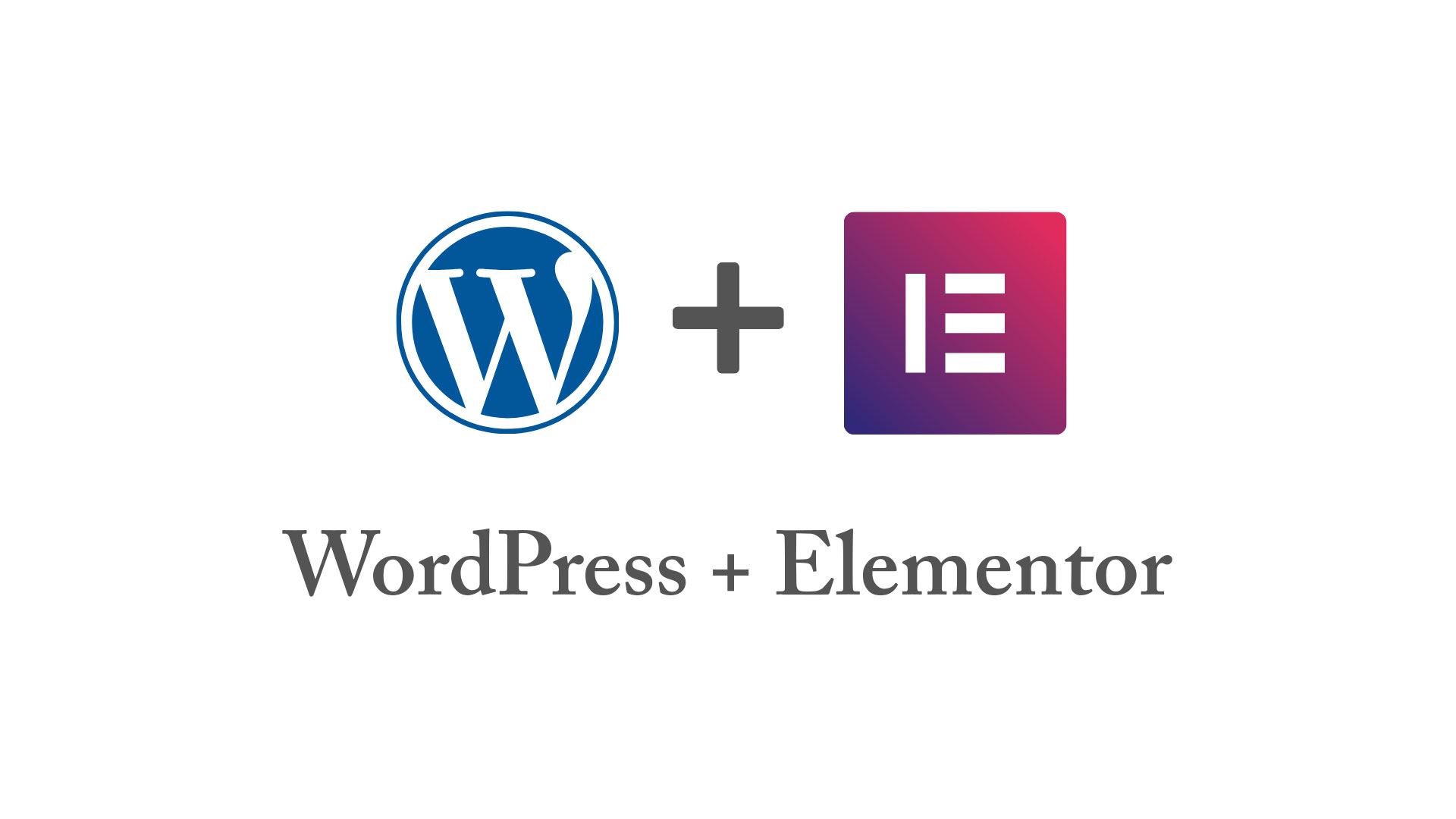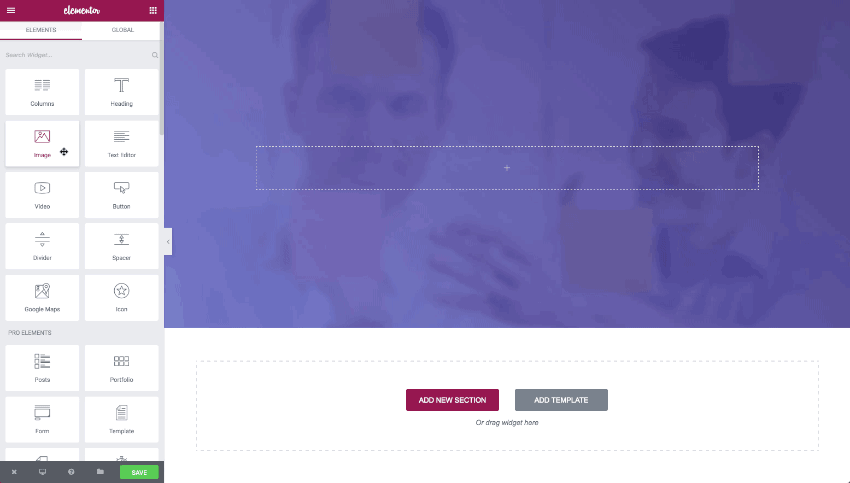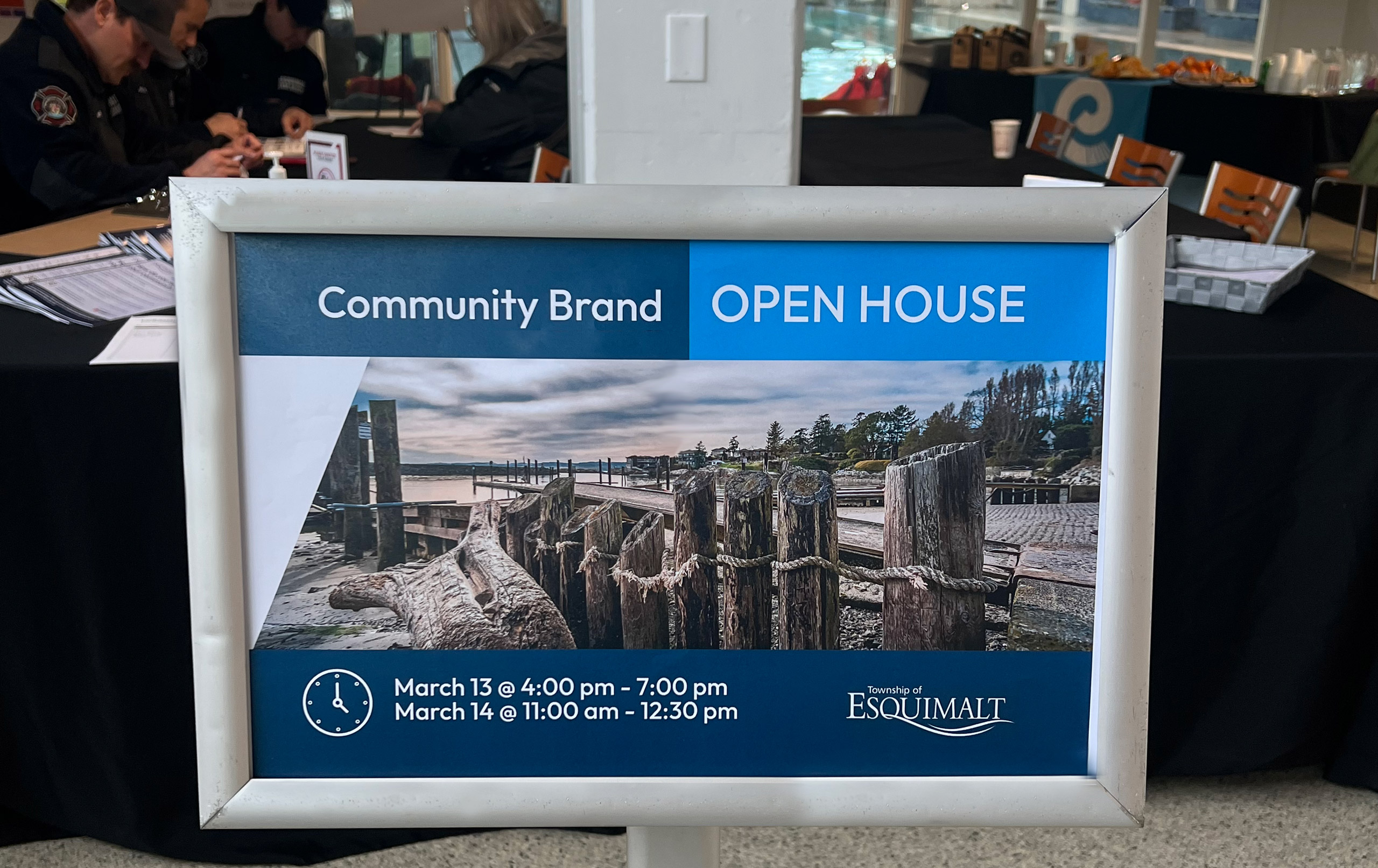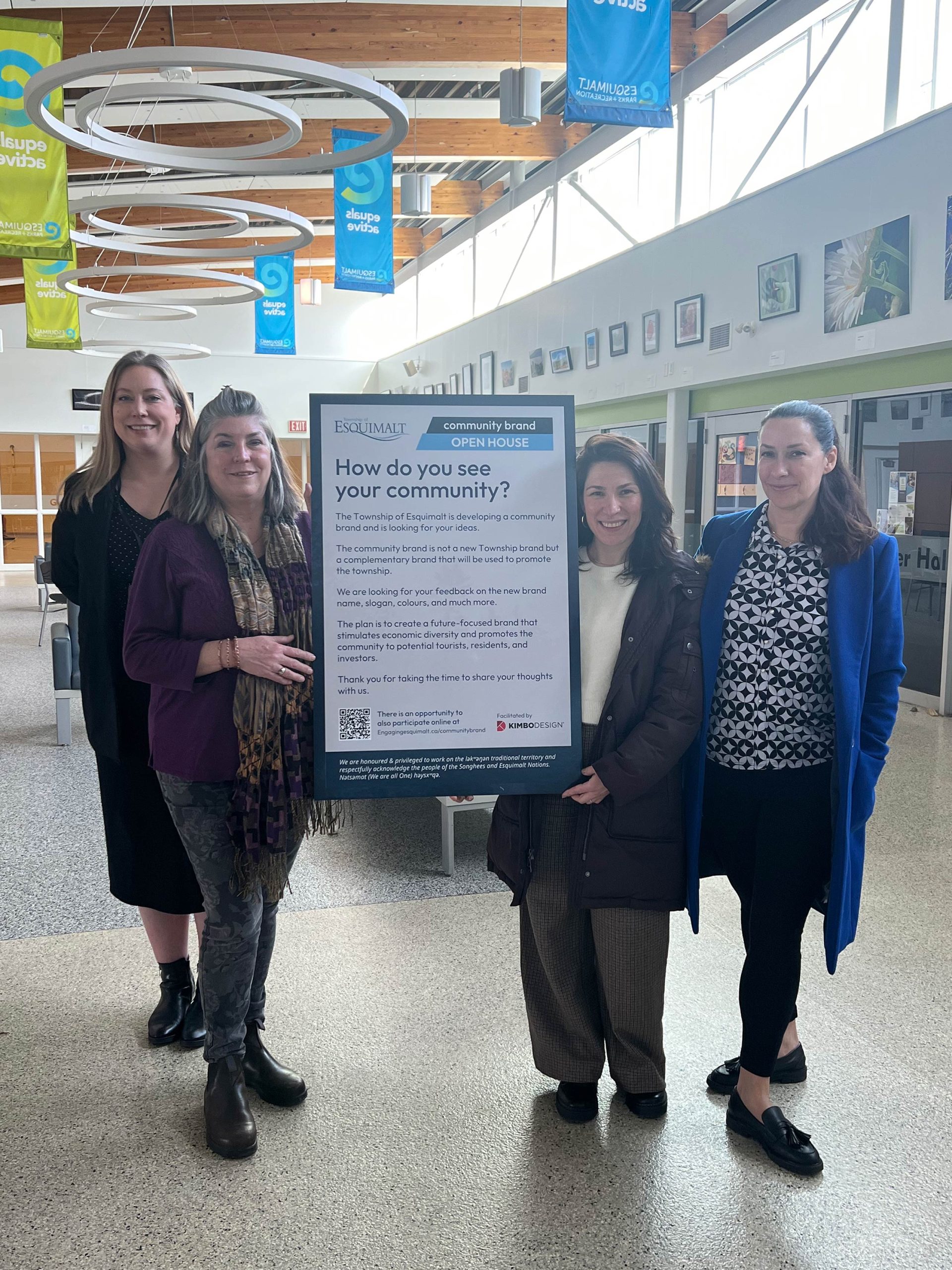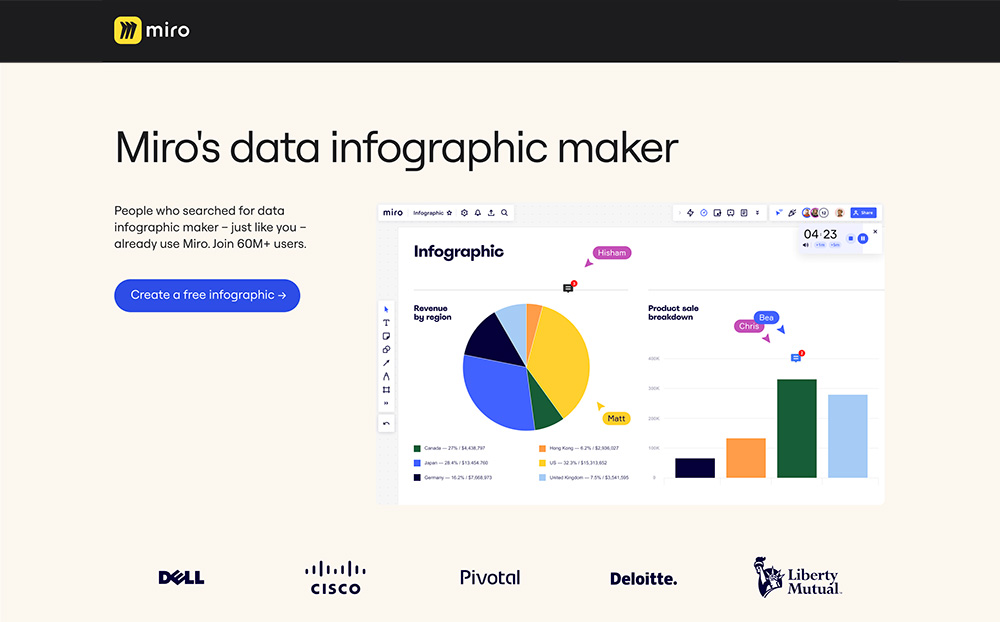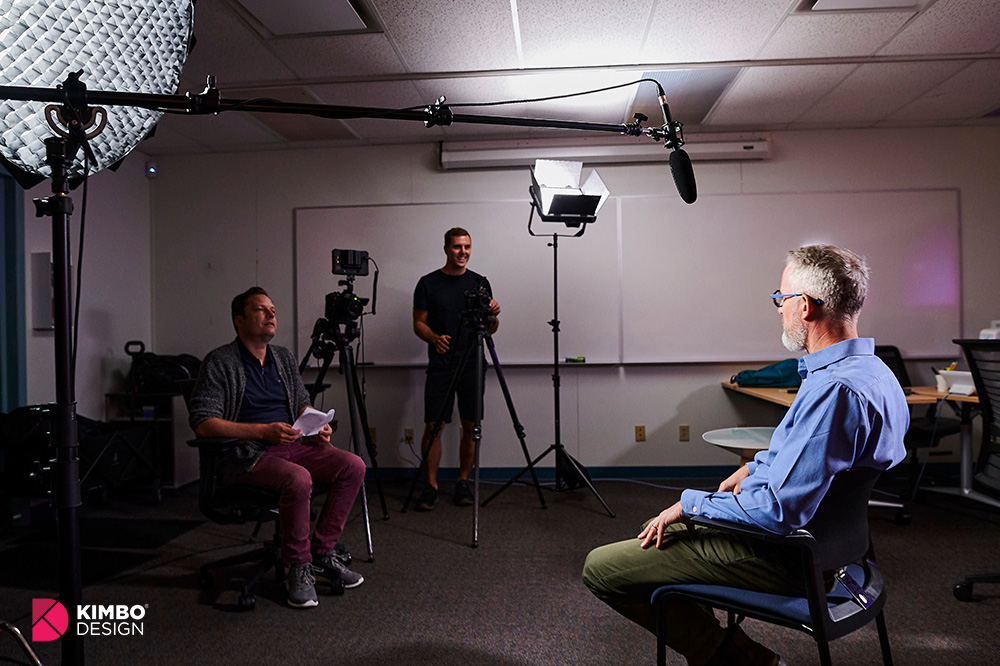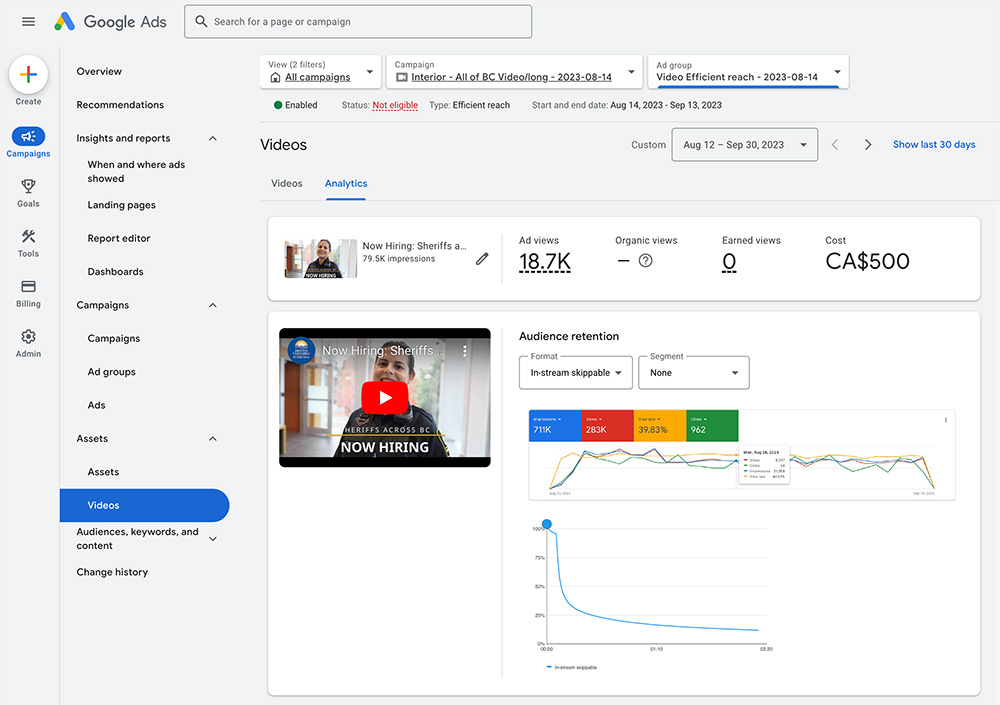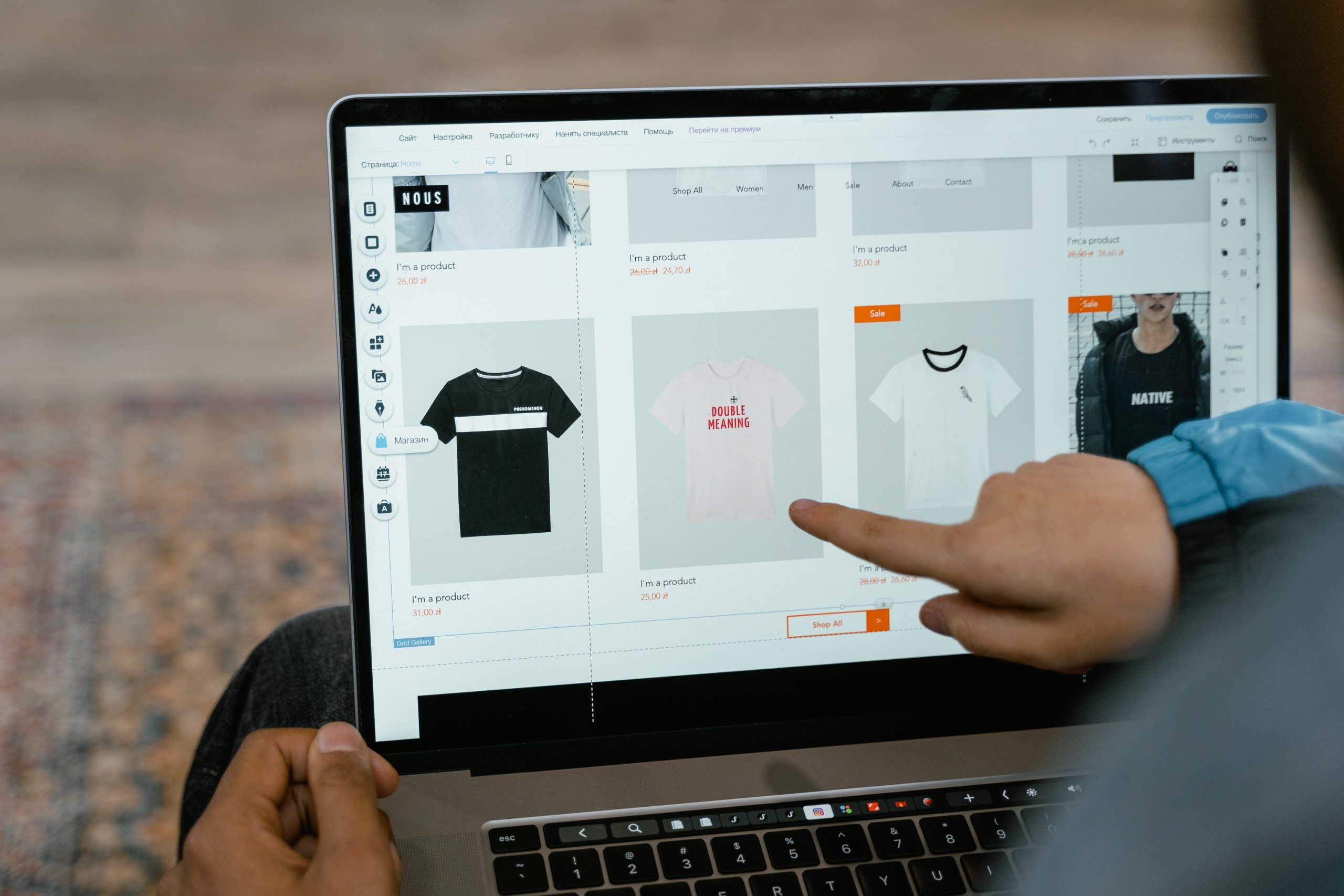In today’s fast-paced digital landscape, where brands compete for attention amidst an overwhelming array of stimuli, successful design projects go beyond mere aesthetics. They are deeply rooted in understanding and engaging with the public. Whether it’s crafting a brand identity, designing a website, or creating captivating graphics, public engagement forms the cornerstone of effective design strategies. Let’s delve into why this engagement is indispensable and how it shapes the success of branding, website, and graphic design endeavors.
Understanding Audience Preferences and Needs
At the heart of public engagement lies the crucial task of understanding the audience. Every design decision, from color palette selection to user interface layout, should resonate with the target demographic. Public engagement techniques such as surveys, focus groups, and user testing provide invaluable insights into audience preferences, pain points, and behaviors. Armed with this knowledge, designers can tailor their creations to meet the specific needs and desires of the intended audience, fostering a deeper connection and enhancing brand relevance.
Building Brand Authenticity and Trust
In an era characterized by skepticism and information overload, authenticity reigns supreme. Design projects infused with public engagement reflect authenticity by aligning with the values, aspirations, and expectations of the audience. By actively involving the public in the design process, brands demonstrate transparency and openness, thereby earning trust and credibility. Whether it’s soliciting feedback on logo concepts or co-creating website features with users, public engagement fosters a sense of ownership and belonging, transforming consumers into brand advocates.
Driving Innovation and Differentiation
The creative landscape is in a constant state of evolution, with trends coming and going at a rapid pace. Public engagement serves as a catalyst for innovation by tapping into the collective wisdom and creativity of the audience. By seeking input and ideas from diverse stakeholders, designers can break free from conventional thinking and explore bold new directions. This collaborative approach not only leads to innovative design solutions but also helps brands stand out in a crowded marketplace. Whether it’s incorporating user-generated content into marketing campaigns or crowdsourcing design inspiration from social media communities, public engagement fuels creativity and drives differentiation.
Enhancing User Experience and Usability
In the digital realm, user experience reigns supreme. Websites and digital interfaces must be intuitive, seamless, and user-friendly to capture and retain audience attention. Public engagement plays a pivotal role in shaping user experience by providing real-world feedback and usability insights. By involving end-users in the design process, designers can identify pain points, streamline workflows, and optimize usability. Whether it’s conducting usability testing sessions or gathering feedback through online surveys, public engagement ensures that design projects prioritize user needs and deliver exceptional experiences.
Fostering Long-Term Relationships
In an increasingly interconnected world, building lasting relationships with customers is paramount. Public engagement fosters meaningful connections by inviting dialogue, soliciting feedback, and demonstrating responsiveness. By actively listening to audience concerns and addressing them through design iterations, brands show that they value and prioritize customer satisfaction. This ongoing dialogue cultivates loyalty and advocacy, turning customers into lifelong brand ambassadors. Whether it’s hosting interactive design workshops or maintaining an active presence on social media, public engagement nurtures relationships and fosters brand loyalty.
Public engagement is not just a buzzword; it’s a fundamental principle that underpins successful branding, website, and graphic design projects. By involving the public in the design process, brands gain valuable insights, build trust, drive innovation, enhance user experience, and foster long-term relationships. In an age where authenticity and relevance are the currency of success, public engagement is the key to unlocking the full potential of design projects and ensuring their resonance with the intended audience.

KIMBO Design has already made public engagement sessions for many clients, such as Sunshine Coast Regional District, Township of Esquimalt, District of Kitimat, B.C. Ministry of Transportation and Infrastructure, among others. If you need our help, don’t hesitate to contact us.
